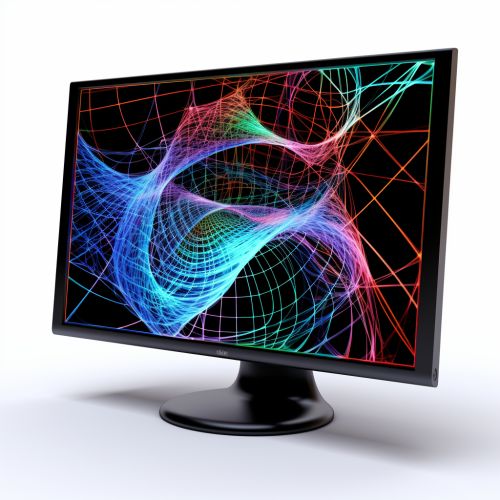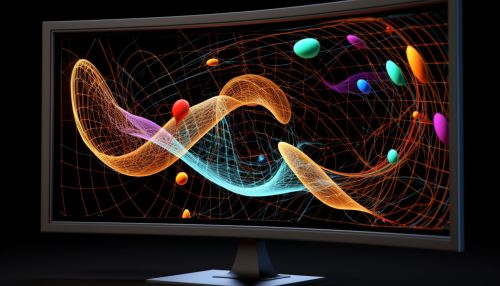Computational Models
Introduction
Computational models are mathematical models that are simulated using computation to study complex systems. By using computational models, researchers can make predictions and understand the underlying mechanisms of a system. Computational models are used in a wide range of disciplines, including physics, biology, economics, and computer science.


Types of Computational Models
There are several types of computational models, each with its own strengths and weaknesses. These include deterministic models, stochastic models, discrete models, and continuous models.
Deterministic Models
Deterministic models are computational models where the output is determined by the input. In other words, given the same input, the output will always be the same. This type of model is often used in physics and engineering.
Stochastic Models
Stochastic models, on the other hand, incorporate randomness. Even with the same input, the output may vary. These models are often used in fields such as economics and biology, where there is inherent uncertainty.
Discrete Models
Discrete models are models where the variables can only take on certain values. These models are often used in computer science, for example in the study of algorithms and data structures.
Continuous Models
Continuous models are models where the variables can take on any value within a certain range. These models are often used in physics and engineering, for example in the study of fluid dynamics.
Applications of Computational Models
Computational models have a wide range of applications, from predicting the weather to designing new drugs.
Weather Prediction
One of the most well-known applications of computational models is in weather prediction. By simulating the Earth's atmosphere, oceans, and land surface, meteorologists can predict the weather days or even weeks in advance.
Drug Design
In the field of drug design, computational models can be used to predict how a potential drug will interact with its target in the body. This can help researchers design more effective drugs.
Economic Forecasting
Computational models are also used in economic forecasting. By simulating the economy, economists can predict the effects of different policies or events.
Challenges in Computational Modeling
Despite their many applications, computational models also face several challenges. These include the difficulty of accurately representing complex systems, the need for large amounts of computational resources, and the challenge of validating the models.
Representation of Complex Systems
One of the main challenges in computational modeling is the difficulty of accurately representing complex systems. Real-world systems often have many interacting components, and it can be difficult to capture all of these interactions in a computational model.
Computational Resources
Another challenge is the need for large amounts of computational resources. Simulating a complex system can require a lot of computing power and storage space, which can be expensive.
Model Validation
Finally, validating a computational model can be a challenge. It can be difficult to determine whether a model is accurately representing the real-world system it is supposed to simulate.
Conclusion
Despite these challenges, computational models are a powerful tool for understanding and predicting complex systems. By using computational models, researchers can gain insights into systems that would be difficult to study otherwise.
